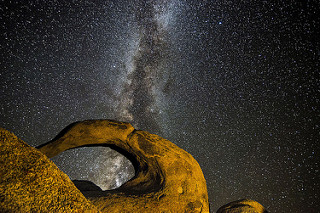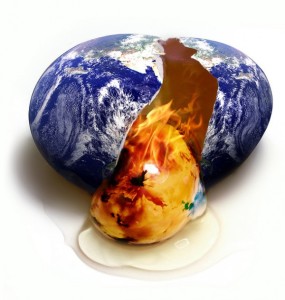
As you may be aware from recent worship services and Rev. Gail’s weekly email, the Worship Committee has been retooling the welcome we give on Sunday mornings. As a newcomer to this congregation, and a member of the committee, I have watched this process unfold over the last four months, and seen in it a representation of not only our Unitarian Universalist principles, but also the FUUN covenant we have as a congregation.
Part of my preparation to see the Ministerial Fellowship Committee is to review the sources and history of our tradition, one of which is The Cambridge Platform. In this document is the origin of our congregational polity, our rights to decide how we govern ourselves, and how we determine membership and leadership. At the core of this system is the idea of covenant, a commitment not between humans and deities, but between the members of the congregation. It’s a call to working towards right relationships with each other, even in times of conflict or disagreement.
The FUUN covenant speaks of a creating a safe and compassionate community, and recognizes both our interdependence and the beauty of our differences. Our small group ministry, the Covenant Groups, also each have their own covenant written by the members. My advisory committee works together within a mutually agreed-upon covenant. Even the seven principles of the Unitarian Universalist Association are part of a covenant between the member congregations to “affirm and promote” those principles, to work to make them a reality in the world.
But, as we all know, words on paper are sometimes hard to live up to, especially when multiple people, with a diversity of perspectives are involved. Our covenants are here to remind us to stay at the table, to give each other the benefit of the doubt, and to treat our fellow congregants, and those who visit us, with kindness and respect. The reason I’m writing this today is to tell you how I have witnessed all of these things happen over the last four months of rewriting and redesigning the Sunday morning welcome.
It has been collaborative on multiple levels — between the Worship Committee, the Membership Committee, and the FUUN staff; between members of the Worship Committee themselves, and then among the sub-committee formed to “wordsmith” one of the most important parts: talking about our covenant to both visitors and members during worship. While writing about our covenant, they embodied that covenant. Everyone contributed their opinion, everyone was heard, and everyone changed, in some way, the final paragraph that was agreed upon. It was, in a single word, beautiful.
So, whether you are new to FUUN, one of our longtime members, or one of the many in between, as we end 2015 and enter 2016 I invite you to think about covenants. Perhaps, if you like, meditate on the congregation’s covenant as a form of lectio divina:
We gather in safe and compassionate community, seeking our spiritual truths. We affirm our interdependence, celebrate our differences, and create a thoughtful and harmonious voice for liberal religion. Through the practice of the principles of our faith, we promote social, economic and environmental justice and continue our legacy of respect and acceptance. We covenant together in a spirit of love and freedom.
What does it mean to you to feel safe? To experience compassion? To have your differences celebrated? To understand your interdependence with others? How do you live out this covenant in this community? Why do you gather here?
In gratitude,
Meghann Robern

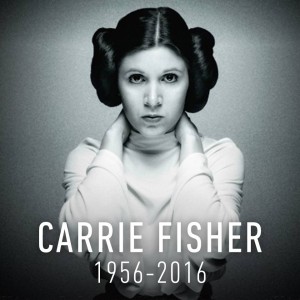

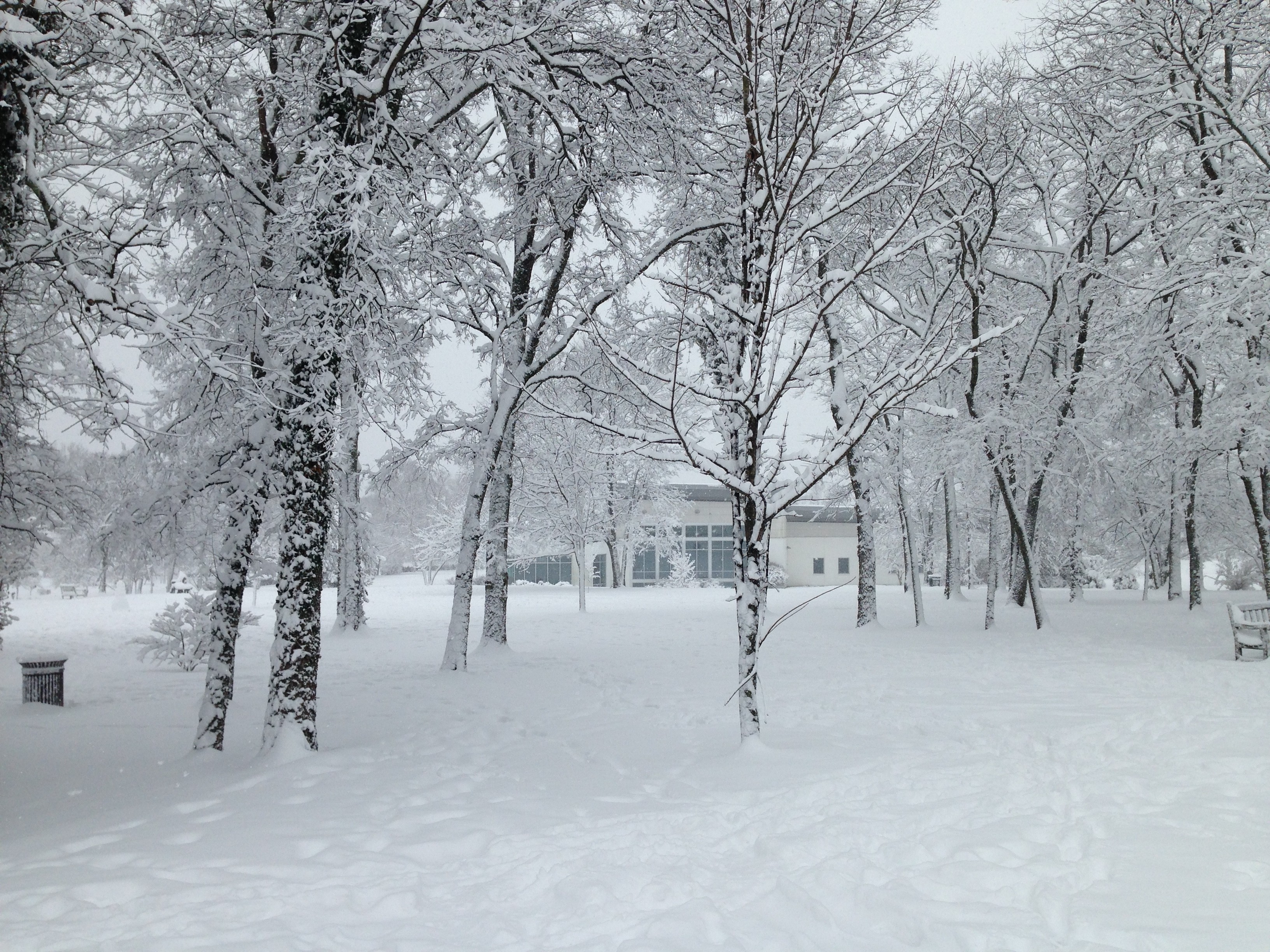
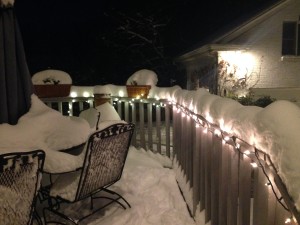 I’m writing this from Nashville, TN, which is currently under a Level 3 State of Emergency due to Winter Storm Jonas. Mayor Barry opened emergency and overflow shelters four days ago in anticipation of the storm. Residents cleaned out the grocery stores and stocked up on firewood. Power is out is patches all over the city.
I’m writing this from Nashville, TN, which is currently under a Level 3 State of Emergency due to Winter Storm Jonas. Mayor Barry opened emergency and overflow shelters four days ago in anticipation of the storm. Residents cleaned out the grocery stores and stocked up on firewood. Power is out is patches all over the city.
